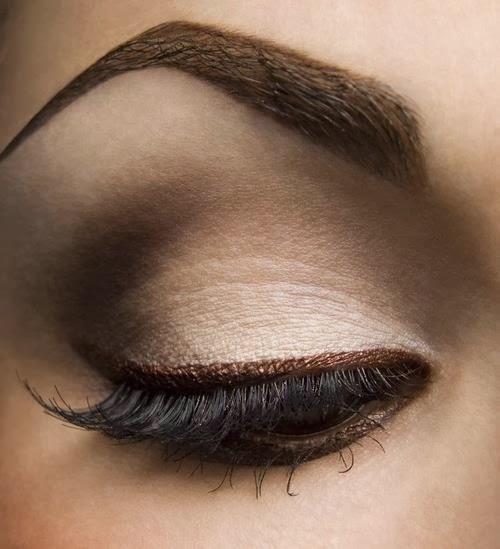


“While people like Reisner and Ibrahim would be working as true archeologists in the years to come,” Howe says, the first people working at these sites would be better classified as antiquarians, many of whom “weren’t approaching what they were doing scientifically or systematically” but “just grabbing up stuff they unearthed and taking it back to Europe and America.”ĭemonstrating his understanding of light, Ibrahim sought the best times of day to photograph aspects of the sites and how best to capture details in the highlights and shadows, as shown in this 1918 photo of the Nuri Pyramid 52 entrance stairway. These cameras were heavy and fragile, and their individually coated glass plates were ill-adapted to heat, sand and dust, making their use a matter of perseverance and craft. They were seen as mere cogs in the machine, even as they pulled tourists up and down the Nile and worked alongside the famed white, male archeologists that were setting up shop there.”īut while the camera was being used as one tool of imperial ambition, it was also increasingly deployed in archeology. “It was a lot easier to take things from a people who just were not really there. “Modern Egyptians were almost never in the photos, and that was no accident,” says Pomona University professor of art history Kathleen Howe, who specializes in how photography has shaped Western views of Egyptian culture.

Three seasons earlier, when the sarcophagus of Nubian King Anlamani was dragged from Nuri’s Pyramid 6 on April 12, 1917, Ibrahim chose a point of view that used perspective and shadow to accentuate the depth of the excavation, and he tripped the shutter at a moment that communicated the heavy labor of his fellow Egyptian crewmen. Many early photos of Egypt are landscapes deliberately devoid of humans. While the object of most early photography in Egypt was the recording of legacies left in stone, there was little interest living civilization of the day. The camera, meanwhile, invented as the metal-plate daguerreotype in 1839, had already been deployed to capture many of the country’s monuments. Then there were the British, uneasy about an Egyptian nationalist movement, who invaded in 1882. Napoleon’s French army came first, in 1798, bringing with it a contingent of scientific savants who, in addition to producing the monumental survey Description de l’Égypte, filched more than a few artifacts, including the Rosetta Stone, which the British later stole from them. Although Egypt remained a de jure province of the Ottoman Empire until the after World War I, Ottoman influence in the region had been waning for more than a century as European powers vied for influence-and artifacts.

The country had been grappled over by foreign powers since Roman days in the first century CE. Ibrahim’s and Reisner’s moment was bound up in the history of Egypt. “These stories develop, but a lot of the people involved disappear out of the story even when they’re on the page and in the photos.” Riggs continues, “Nothing is produced-no knowledge, no collection, no field-without being a part of a historical moment.” “There’s no pure process of writing history out there,” says Christina Riggs, who specializes in the history of archeological photography at Durham University in the UK. Ibrahim likely trained under Reisner’s early chief photographer, Said Ahmed Said-also Egyptian-but Said went on to work as a site foreman, and Ibrahim kept the job as Reisner’s preferred documentarian for more than two decades.īut how did one of the first Egyptian archeology photographers working with Reisner, later hailed as one of the founders of scientific archeology and the father of American archeology-in large part because of his use of photography to track his decades of work, primarily in Giza-become a nearly invisible historical footnote? Ibrahim used large-format cameras that used single glass plates for each exposure aiming such a heavy camera downward at sharp angles often required anchoring or rebalancing the tripod to keep it from tipping. How the statue came to Kerma is a question that remains, and Ibrahim’s photographs demonstrate the methodical excavation and record-making techniques that earned Reisner the title of one of the founders of scientific archeology: Every step of the process was documented-with photography.
#Eloquent eye series
Above and below, right: Photographing at a royal necropolis in Kerma, Nubia (now in northern Sudan), on December 16, 1913, Mohammedani Ibrahim made a series of photographs as the dig team of US archeologist George Reisner excavated an exquisitely intact statue, later identified as depicting Lady Sennuwy of Asyut, a city on the Nile far to the north.


 0 kommentar(er)
0 kommentar(er)
